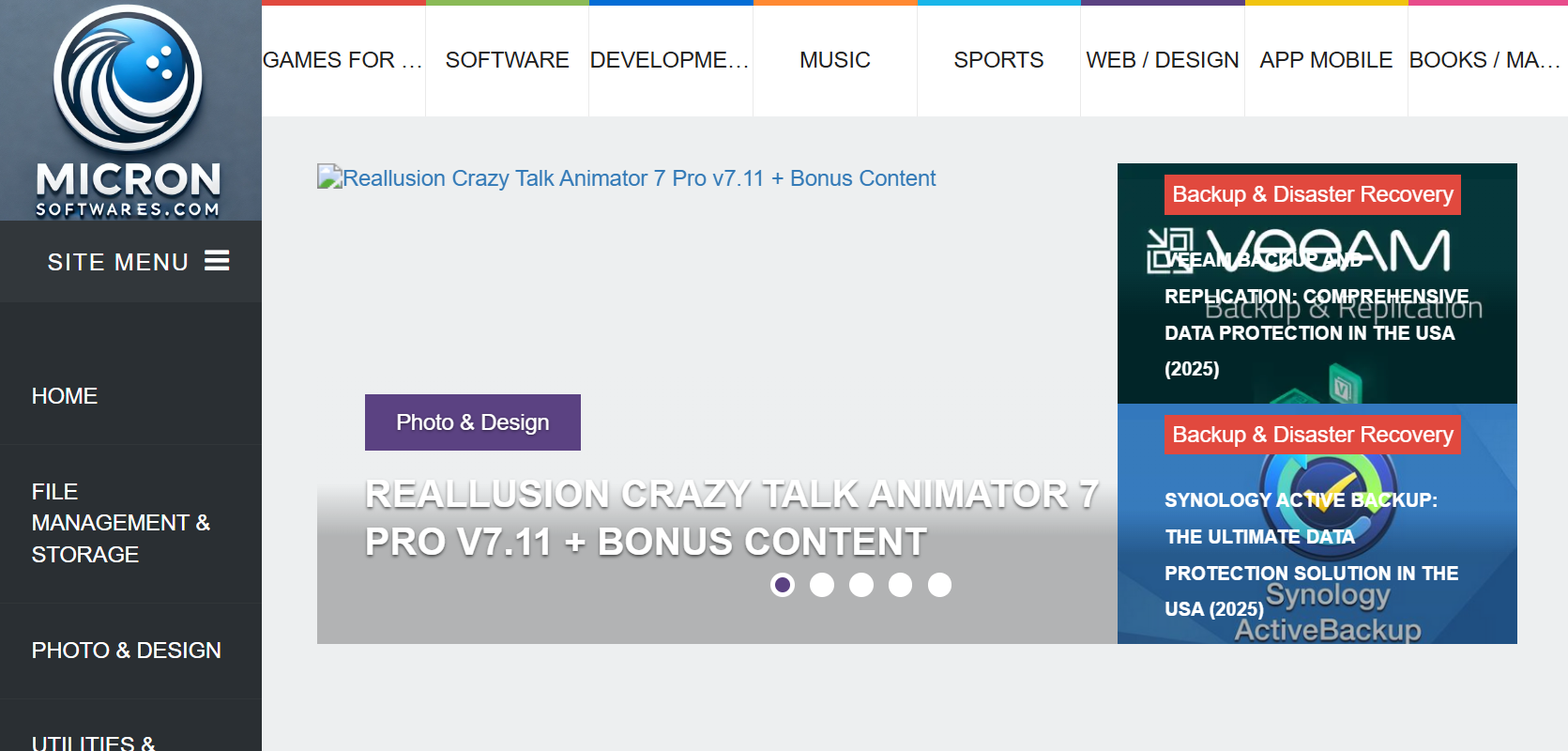Downloading Windows Software: Navigating the World of Online Distribution
Downloading Windows Software: Navigating the World of Online Distribution
Introduction
In our tech-driven world, downloading software is a must for any computer user. Windows software downloads refer to the various methods, tools, and platforms used to distribute applications to users.
This article dives into the ins and outs of Windows software downloads, shedding light on the download ecosystem and offering tips for safe and efficient software acquisition.
What Are Windows Software Downloads?

Defining Windows Software Downloads
Windows software downloads involve transferring software files from online sources to your Windows computer. These files can range from utilities and applications to complete operating systems.
- Digital distribution provides on-demand access to software.
- Users can snag the latest versions without needing physical media.
- Software can be downloaded from official channels or trusted third-party sites.
The Move to Digital Distribution
Digital distribution has revolutionized how we obtain software. Experts agree that it offers unmatched convenience and speed, allowing users to get software in a flash.
This transition also boosts accessibility, making it easier for users to access important updates and new applications quickly.
The Windows Software Download Ecosystem
Distribution Channels
The ecosystem for Windows software downloads includes a variety of distribution channels.
Official Sources
The Microsoft website and the Windows Store are the go-to sources for Windows software. These platforms ensure secure downloads and meet strict standards.
Third-Party Aggregators
Sites like FileHippo and Softpedia offer software from multiple vendors. They provide user reviews and safety checks, but it’s essential to verify the authenticity of the downloads.
The Tech Behind Downloads
Web servers and digital signatures are key players in the software download process.
Content Delivery Networks (CDNs) improve download speed and efficiency by distributing files across the globe.
Understanding these technical aspects is crucial for recognizing the importance of secure downloading practices.
How to Download Windows Software: A Step-by-Step Guide
Finding Trusted Sources
Always start with official websites for critical software. For instance, download Windows ISOs directly from Microsoft.
When necessary, use reputable aggregators that verify the authenticity of the software.
Checking System Requirements
Make sure your computer meets the minimum requirements for the software. Confirm compatibility with your version of Windows, whether it’s Windows 10 or 11.
Starting the Download
Ensure the URL begins with “https://” to guarantee a secure connection. For larger files, consider using a download manager to prevent interruptions.
Verifying File Integrity
Right-click on the downloaded file to check its digital signature. Comparing hash values with those provided by the source helps ensure the file’s integrity.
Installing Software Safely
Follow the on-screen instructions during installation. Make sure you have administrative rights for system-level applications, and take the time to read the End User License Agreement (EULA).
Post-Installation Security Tips
After installation, run a thorough antivirus scan. Keeping your software updated is vital, as vendors frequently release security patches.
The Importance of Digital Trust and Security
Establishing Digital Trust
Software providers build trust through encryption and security audits. These practices help reduce the risks of attacks and counterfeit software.
User Education on Safe Practices
Users need to stay informed about safe downloading practices. Recognizing phishing websites and using reliable antivirus software are critical for maintaining security.
Conclusion
Understanding Windows software downloads is essential in today’s digital landscape. By recognizing trusted sources and adhering to security practices, users can enhance their overall experience.
As technology continues to evolve, it’s crucial for users to remain vigilant about security and efficiency in their software downloads.
Frequently Asked Questions (FAQ)
1. What are the best sources for downloading Windows software?
The best sources are official ones like the Microsoft website and the Windows Store. Third-party sites like micronsoftwares can be used, but exercise caution.
2. How can I ensure my downloaded software is safe?
Check digital signatures and file hashes. Regularly scan downloaded files with antivirus software. These practices are crucial for safety in 2024.
3. What should I do if my antivirus flags a downloaded file?
Investigate the reason for the flag. If the software is from a trusted source, it might be a false positive. Always prioritize safety.
4. How often should I update my software?
Update your software regularly whenever new patches are released. This practice is essential for maintaining security and performance.
5. What are the risks of using third-party download sites?
Third-party sites may host malware or counterfeit software. Always verify authenticity before downloading, as highlighted in recent security reports.

